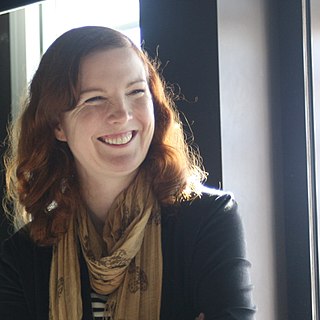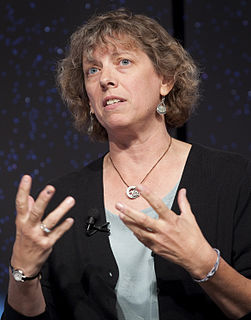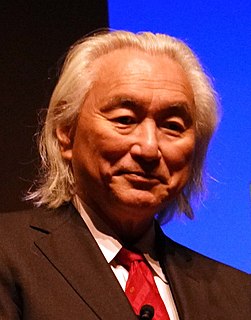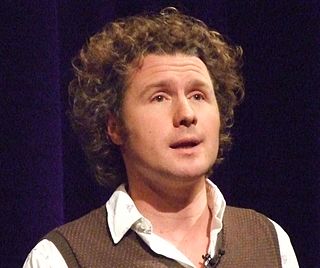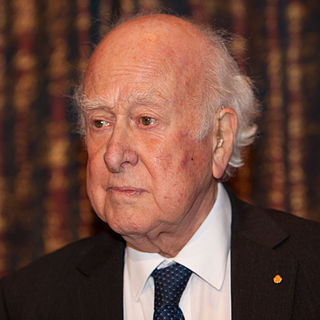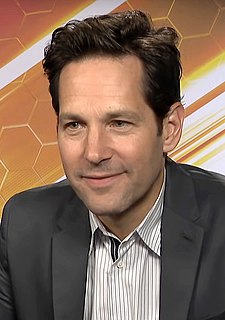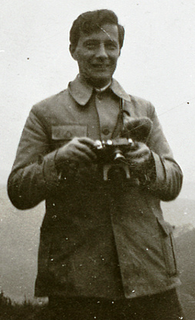Цитата Дэвида Уиллеттса
Глядя на научные исследования, следующая парадигма будет основываться на очень больших наборах данных. Ученые лидируют в обработке очень больших наборов данных — телескоп «Хаббл» или Большой адронный коллайдер — это массивные наборы данных.
Связанные цитаты
Европейцы и американцы не зря бросают 10 миллиардов долларов в эту гигантскую трубу. С Большим адронным коллайдером мы изучаем самые передовые области физики и космологии, потому что хотим получить представление о творении, мы хотим воссоздать крошечный кусочек Книги Бытия, чтобы раскрыть некоторые из величайших тайн Вселенной.
... Что подводит меня к новейшим изображениям космического телескопа Хаббл. Если это чудо, которое вы ищете, и тайна, не просто сканируйте фотографии. Остановитесь и подумайте о них. Попробуйте представить масштаб. Земля — всего лишь пылинка на одном далеком вращающемся щупальце галактики Млечный Путь, которая содержит миллиарды звезд. "Столкновение" галактик кажется невообразимо большим - и все же это то, что ученые давно вообразили... По сравнению с этим воображение лженауки слабо.
Мы управляем миром в основном потому, что мы единственные животные, которые могут гибко сотрудничать в очень большом количестве. И если вы рассмотрите любое крупномасштабное человеческое сотрудничество, вы всегда обнаружите, что оно основано на какой-то фикции, такой как нация, деньги или права человека.


